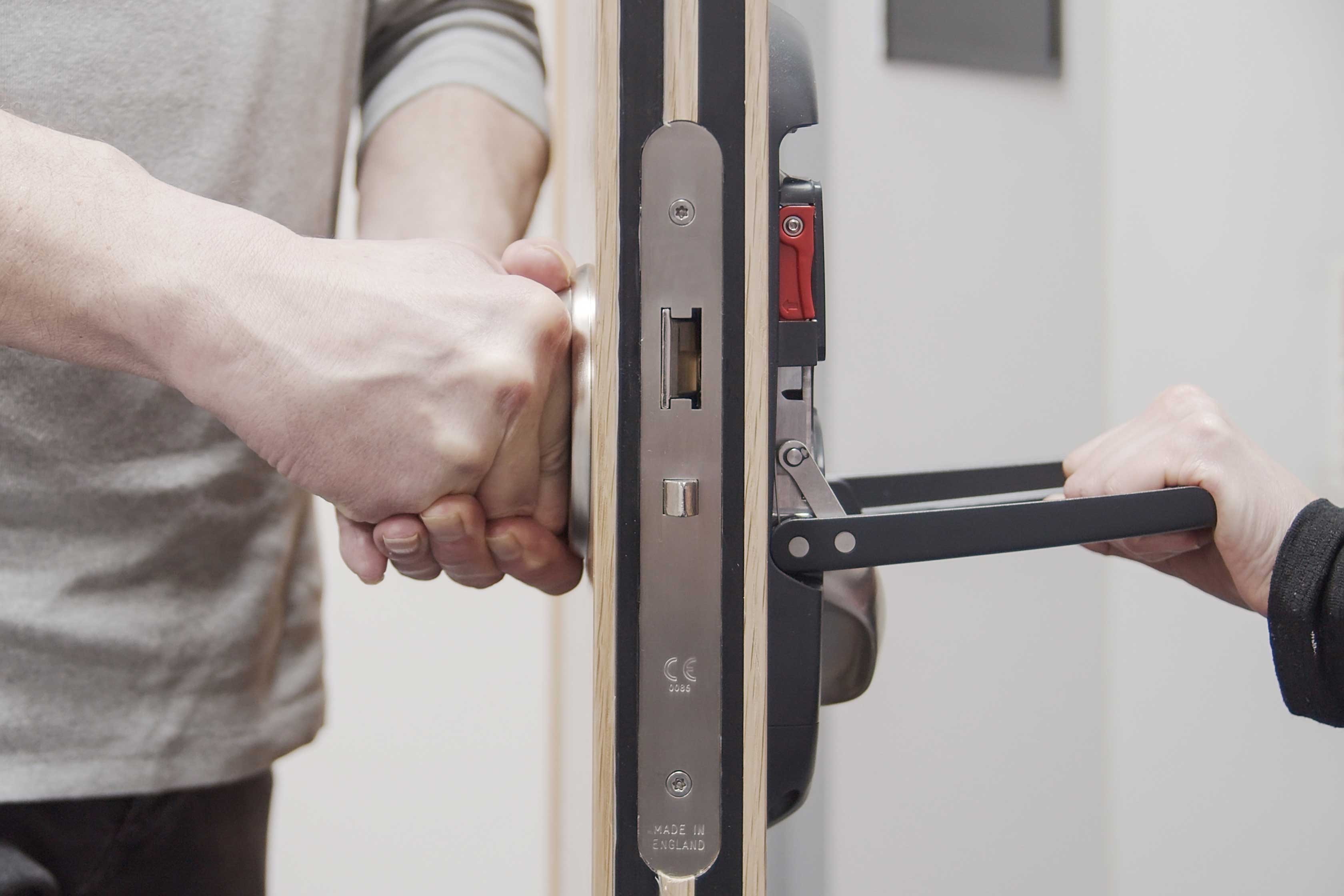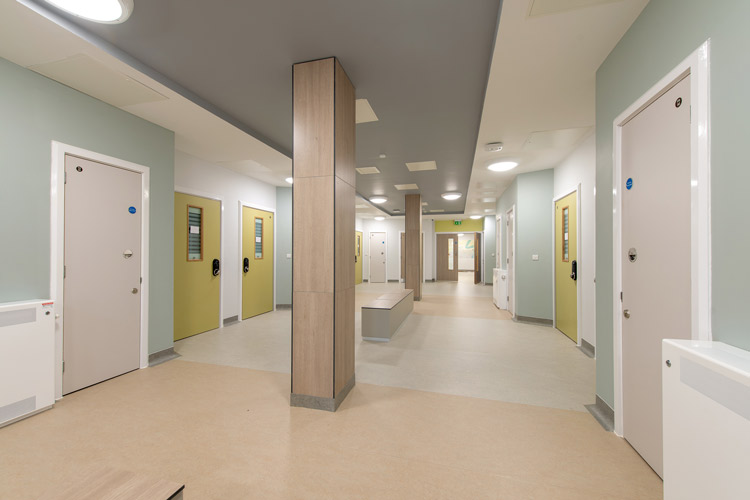A major aspect of my role at Safehinge Primera is to help Mental Health providers and architects select the most appropriate anti-barricade locksets for their wards, and specific doors.
The terminology we created – secondary override – has been adopted as an industry standard and is now being used to describe locksets that aren't comparable. Written following questions I received, this article explains what the Staff Override System (SOS) is, why 'secondary' override is not the same as 5-way SOS, and which lockset is the best for lifesaving applications.
|
|
|||
|
Y | Y | ||
| 2. Keyway override |
Y | Y | ||
| 3. Turn leverage |
Y | N | ||
| 4. Spindle |
Y | N | ||
| 5. Pull advantage |
Y | N | ||
| Staff can always gain acess |
Does not ensure staff access |
Primary and secondary override
Over the past decade, we’ve designed two main types of anti-barricade locksets – primary and secondary override. They’re recognised and used globally for their reliable safety features.
Our patented primary override lockset separates the internal turn/pull from the key, so the key always dominates and unlocks the door.
Our secondary override lockset (which we now call 5-way SOS) was then designed to provide additional override methods – creating the only lockset that ensures staff can get in.
Staff Override System (SOS) - ensuring you get access
Because our locksets are widely used across the NHS – supplied to over 90% of Mental Health Trusts – our 'secondary' override terminology was adopted as an industry standard – and is now used to describe locksets without the lifesaving properties of our locksets.
This caused confusion and uncertainty, and following discussions with you, we renamed our primary and secondary override locksets to 1-way and 5-way SOS (Staff Override System) respectively to provide clarity on their lifesaving properties – ensuring you can specify the right level of safety for your needs.
The most complete anti-barricade lockset
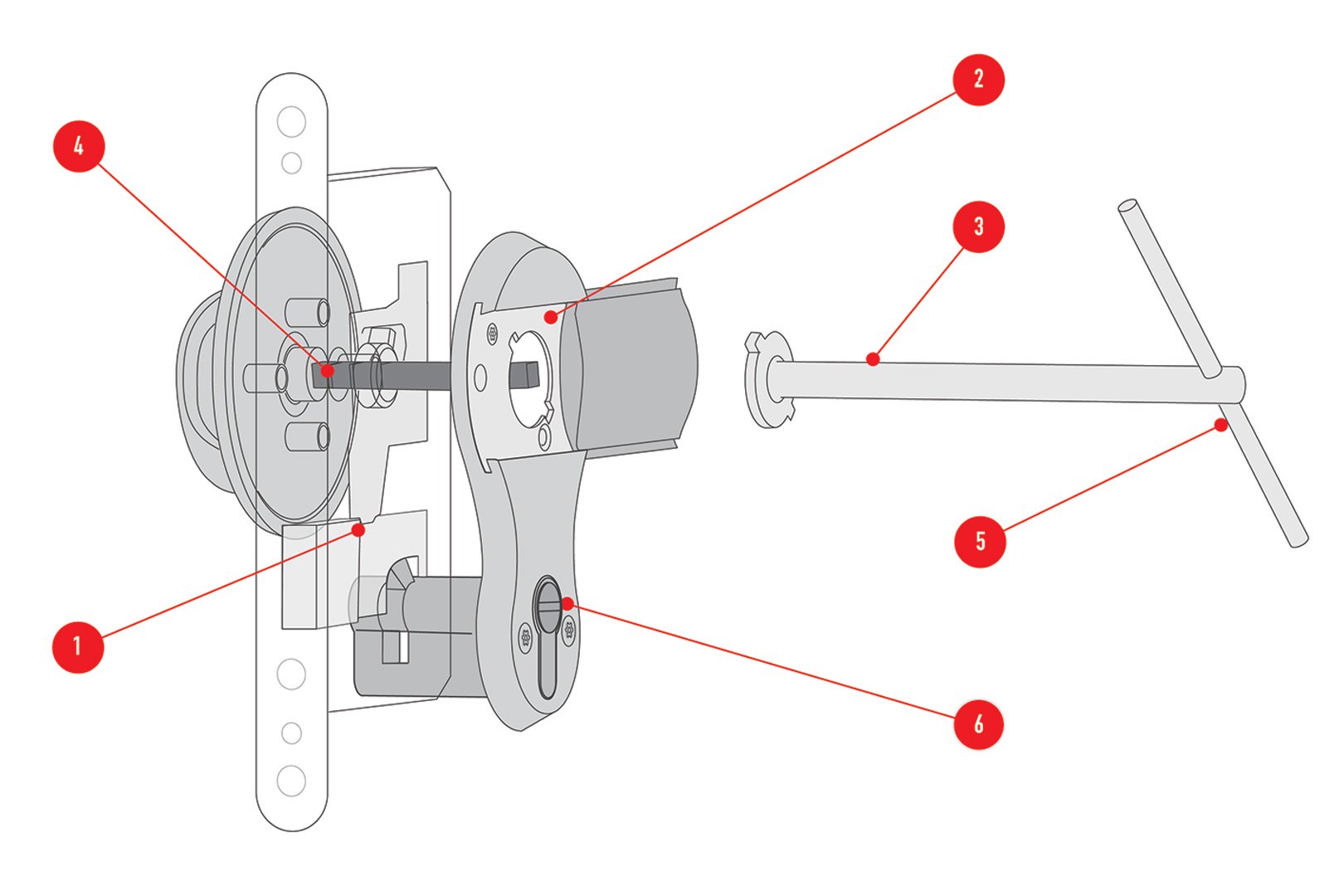
Explore the 5 override methods
1. Key
The lock and the internal turn/pull operate independently, so the key always dominates. It’s a direct mechanical override, so there’s no geared cylinder to disengage the turn/pull or clutch mechanism involved.
2. Keyway
Concealed backup override directly turns the spindle, allowing entry if keyway is blocked with foreign objects, like chewing gum or paper.
3. Turn leverage
T-bar emergency tool provides superior leverage to rotate the turn/pull, even if the service user is stronger.
4. Spindle
Spindle shears under heavy resistance, ensuring entry if turn/pull is immobilised. So even in the most serious barricade attempts, where the service user attempts to jam the turn/pull with their bed or body, swift access is achieved without
5. Pull advantage
T-bar provides significant power advantage to pull the door open – offering better grip than an anti-ligature handle and foiling attempts by a service user to hold the door shut.
5-way SOS vs 'secondary' override
Clinicians tell me that products marketed today as ‘secondary’ override are attractive because they provide a quick way to override the keyway – but that they don’t ensure access.
In comparison to those products, our 5-way SOS system provides five override methods – ensuring you can always overcome barricade attempts and save lives.
Turn advantage
For example, using the T-bar tool, staff have a 3x turn leverage over the service user – allowing a small nurse to overcome a strong service user who's holding the turn/pull. On the other hand, 'secondary' override locksets using a standard square drive key have no turn leverage – meaning a service user can sustain the barricade.
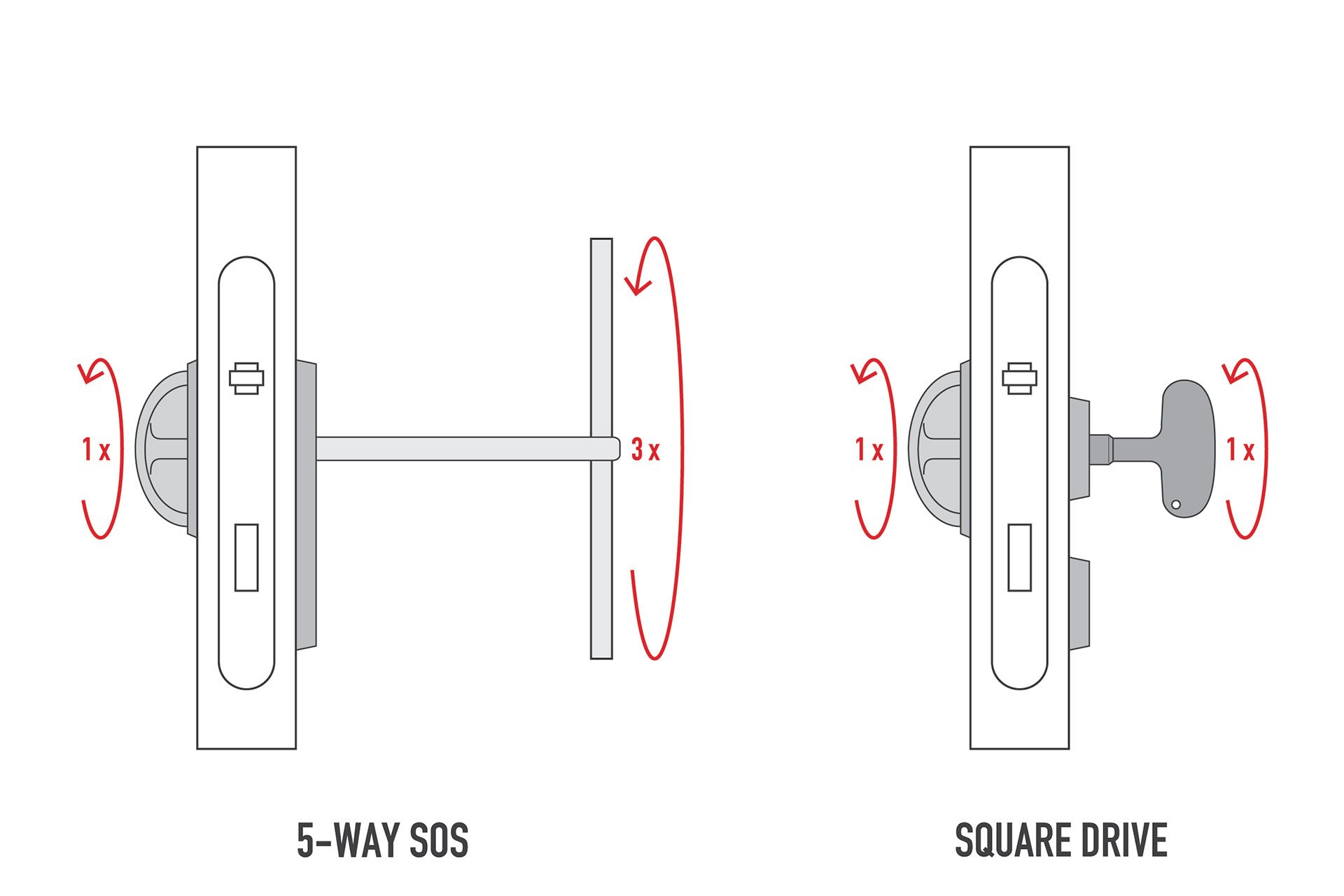
Pull advantage
And on outward opening anti-barricade doors, our T-bar tool provides sufficient pull advantage to overcome a strong service user, while a standard square drive simply slips out when pulled – providing no pull advantage.
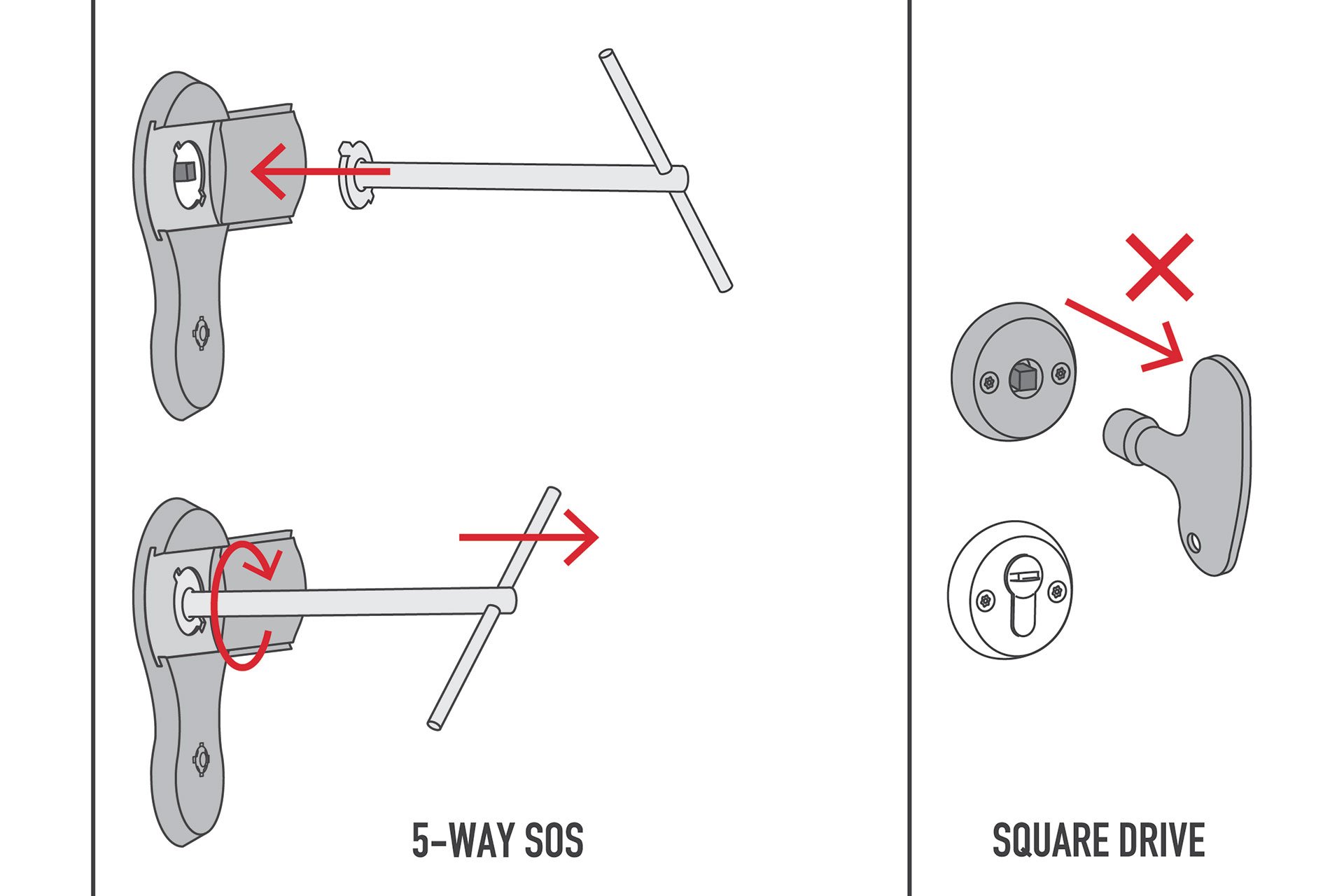
Upgrading to 5-way SOS
Barricade attempts range from self-harm incidents to hostage scenarios, as highlighted in the recent safety note.
Separately, there was an incident in the North West where staff couldn't get enough leverage on the corridor-side handle to pull the door open.
And a Welsh health board was using a geared cylinder on their en-suite doors when a service user prevented it operating by manipulating the turn on the inside. Thankfully staff managed to get access
In both cases, the Trusts subsequently upgraded their locksets to our 5-way SOS – ensuring staff can always gain access.
Get in touch
To talk more about lockset safety and about selecting a suitable anti-barricade lockset, just get in touch.




